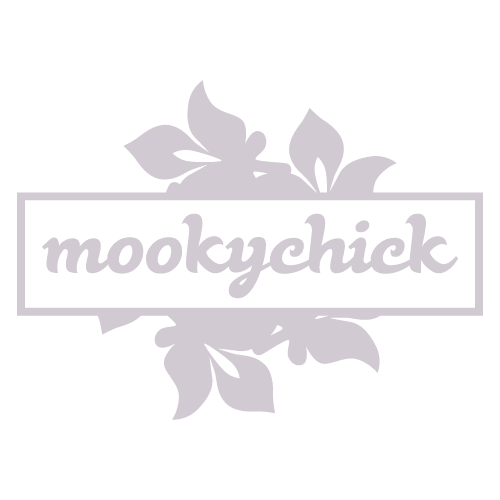A curious tale of Polish vodka

We could just give you a couple of vodka recipes – but that would be deathly dull. Instead we’ll make vodka interesting with tales of medieval drinking laws and communist Poland. Better Red than Dead! Hurrah! Na zdrovie!
I watch curiously as three skater types huddle round an empty vodka bottle they’ve put on the ground. Around them, the 60,000 strong crowd rejoice in merriment. It’s New years eve 2008, and I’m in the main square in Krakow, Poland. It’s so cold, spilled drinks are turning to slush on the ground. It’s all good though, I have my pocket sized cherry vodka to keep me warm. I now notice the group have stuffed a massive rocket firework into the bottle. In a drunken flurry a massive boom rattles in my ears as it shoots into the atmosphere. In the sky above the sprawling Medieval Cloth Hall, I notice a number of coloured fireworks, exploding and cascading to the ground. The boys are not alone. It’s 10.30, and the beautiful city of Krakow is seeing the year out with a vodka drowned bang.
If we rewind a few hundred years we can see that vodka has been a constant in Krakow’s history, with earliest records dating back to the 1400s. In 1546, King Jan Olbracht granted the right to distill and sell spirits to every adult citizen… It became massively popular. In fact, employers often offered copious amounts of vodka to get their staff to work harder! In these times, herbal infused vodkas were believed to help with aches and pains, and ‘awaken fertility and lust.’ So that was perhaps a good call.
Outside Krakow stands the town Nova Huta. Built by Stalin as a gift to the Polish nation, it took workers only 10 years to build accomodation for 100,000 steelworkers in the city. The town was seen as the ideal urdan centre, a Soviet Eutopia. Looking at its sprawling realist architecture, I wondered what sort of merrymaking, if any, went on in such times. After WW2, vodka production became nationalised and taxed. This did not stop the workers of Nova Huta, though. It’s said that in the Steelworks they often spent time drinking vodka and sunbathing on the roof! As the regime fell into increasing troubles in 1980’s, vodka was rationed. Urban myth has it that in this time, vodka was distilled from coal, not potatoes. Not to worry, after the success of the Solidarity movement, the industry was re-privatised, and is now one of Polands biggest exports.
Incredibly whistle stop, I know. But red is the new black and if you like what you’ve read, here are my tips on how to get that Krakow vodka experience at home.
You can get good Bison Grass Vodka (Zubrovka) in any major supermarket. Also pop some apple juice and tabasco sauce in your trolley
Firstly, the old word for vodka comes from ‘visceral display’ (to burn), so put the bottle in the freezer. It goes down so much more easily.
In a shot glass – fill with vodka and add 2-5 drops of tabasco sauce. This shot is called Mad Dog.
In a larger glass – pour a generous measure of vodka over ice and top up with apple juice. Your own Tatanka cocktail.
Find out more about Krakow and Polish vodka
- Communist tours (Nova Huta)
- Bison Grass vodka
- Krakow and history (Also www.krakow-info.com and www.visit-crakow.com
- Pictures of Nova Huta
- Solidarity Movement
- Polish Communism
Dog digging in Nova Huta. Though probably not for vodka – 80% vodka has a freezing point of -26.95 °C
In medieval (16thC) Poland, men would argue over whose round it was. They grew long moustaches to soak up all the vodka that missed their mouth.
A tatanka cocktail is made with lovely herby Bisongrass vodka and a long glass of apple juice. Why bisongrass? Its flavour comes from the single stalk of long grass in the bottle. It used to be the favourite food of the bison that still roam the vast Polish forests. Though some bison have started coming into villages because they’ve developed a taste for pizza. This is actually true.
If you’re a film buff and you wanna see a really good film about medieval Poland, watch ‘Krzyzacy’ – ‘The Order of the Black Cross Teutonic Knights’. Watch it while drinking vodka, and it will assuredly make you want to grow a moustache.

